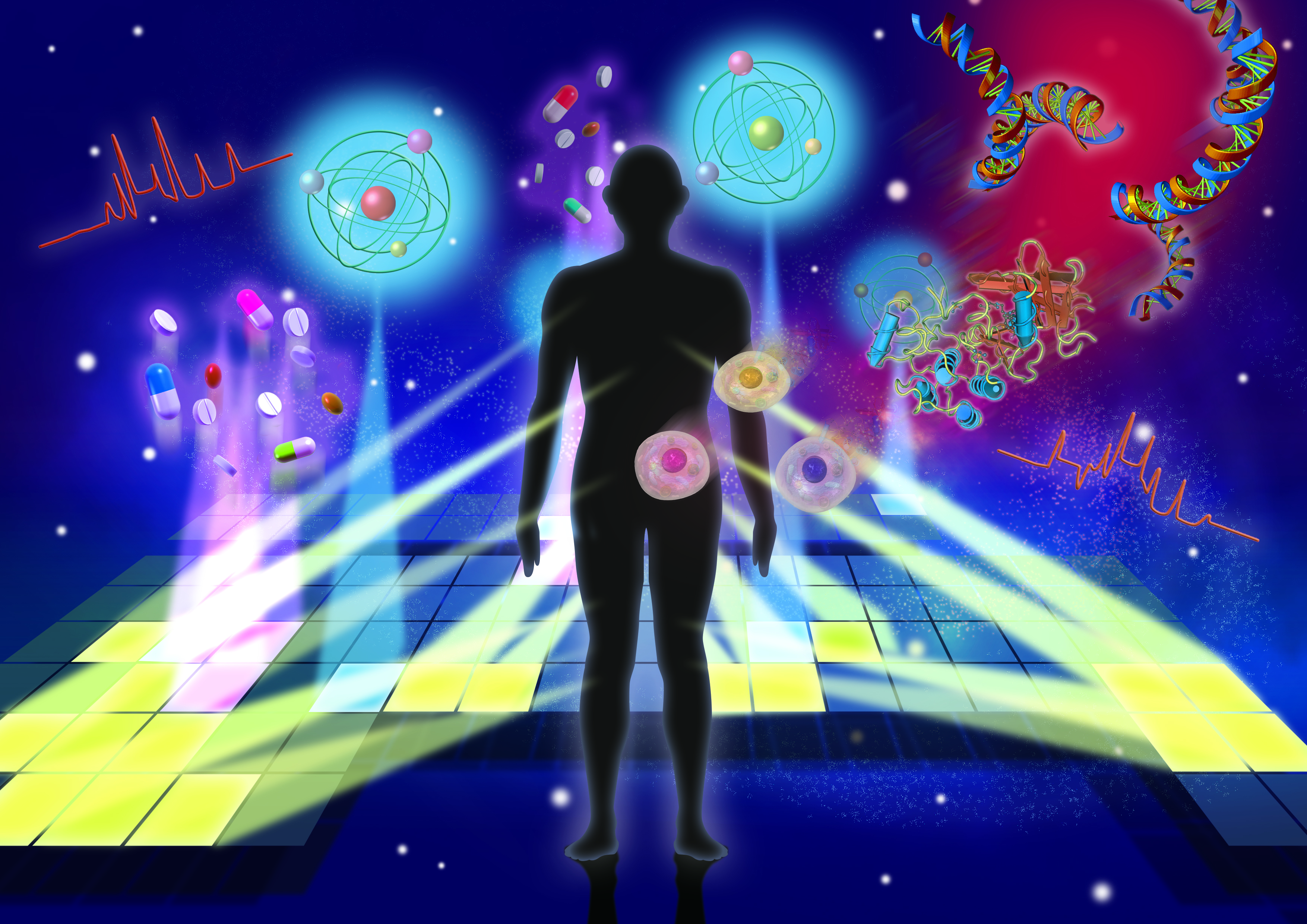INTERNATIONAL HUB FOR METALLOMICS RESEARCH
UNDERSTANDING THE FUNCTION OF BIOMETALS FOR HUMAN AND ENVIRONMENTAL HEALTH
-Metallomics opens new frontiers in eco-toxicology, disease
prevention, drug discovery, and medical diagnosis and therapy.
Research Keywords: biometal science, metallomics, theranostics
 Akiko Sato
Akiko SatoBiological phenomena are recognized as a collection of organic chemical reactions consisting of carbon, hydrogen, oxygen, and nitrogen. A trace amount of metals, such as iron, zinc, copper, and selenium, play an important role in controlling these reactions. These metals specifically required for physiological reactions are called “essential metals.” Contrary to the essential metals, some metals disturb the physiological reactions. Since there are many industrially useful “non-essential metals” in our daily life, some non-essential metals are the risk in human and environmental health. In addition, excess amounts of essential metals also disturb the physiological reactions. Hence, organisms have the mechanisms underlying the distinction of essential and non-essential metals, and the homeostasis of essential metals. The disturbance of the mechanisms results in critical problems in human and environmental health.
Metallomics is a study of metallome which means metal-containing biomolecules. Metals can induce various physiological and toxicological effects in a very small amount, in other words, the metal concentrations are very low in organisms. Thus, analytical techniques for a trace amount of metals are crucial to understand the biological and toxicological functions of metals.
RESEARCH IN METALLOMICS IS UNDERPINNED BY UNIQUE ANALYTICAL TECHNIQUES.
The research group made discoveries based on a unique biometal analytical technique. “Our method is the only analytical technique for measuring biometals. We aim to expand applications by refining existing methods to enable biometal analysis at a single cell level, whereas prior biometal analysis was performed at the level of tissues or organs,” says Yasumitsu Ogra, the leader of this project.
One of these single cell-level analyses specified the function of metal nanoparticles, or biogenic nanoparticles, which are produced by organisms. It has been generally understood that organisms take in, use, and secrete metals as ions, and they do not replace metal ions with metal elements. However, certain micro-organisms, higher-order plants, and animals show an exception.
“Our analytical technique revealed that higher plants and animals exhibit a common mechanism to convert metal ions into elements which involves detoxification of the ions of non-essential metals and excess amount of essential metals. In other words, they detoxify metal ions to elemental nanoparticles.” Investigating this mechanism requires a technique that can measure metal nanoparticles in high-matrix biological samples. Ogra and others are confident that they can establish this technique and are looking ahead to apply it for bioremediation, resource recovery (biomining) and in the field of medicine. Previous technologies have used plants to eliminate toxic metals and recover useful metals from the environment. Recovering these metals as elements instead of ions will be significantly more efficient than existing techniques.
“The technique that we are trying to establish to measure metal nanoparticles can be developed for the accurate measurement of elements in individual cells.” If a technique that quantifies the metal concentrations in individual cells can be established, we can have a more detailed understanding of pathologies involving metals. It is anticipated that in the future, applications will prevent diseases through AI using big data obtained from peripheral cells on elements in individual cells. This research project also entails research on the production of metal-containing drugs using the unique physicochemical properties of elements in the bottom half of the periodic table, which have been seldom used as medication. They will conduct research on practical application of theranostics that employs radioactive metals to develop a novel medical technology for simultaneous diagnosis and treatment. Furthermore, the group led by Tomoya Uehara will continue their research in the field of diagnostics and treatment with radioactive metals, using a SPECT/CT device for small animals. This research project will serve as a comprehensive research hub that unravels the relationship between organisms and metals.
Members
Principal Investigator
| Name | Title, Affiliation | Research Themes |
|---|---|---|
| OGURA Yasumitsu | Professor,Graduate School of Pharmaceutical Science | Toxicology |
Co-Investigatior
| Name | Title, Affiliation | Research Themes |
|---|---|---|
| UEHARA Tomoya | Professor,Graduate School of Pharmaceutical Science | Radiopharmaceutical chemistry |
| SUZUKI Noriyuki | Associate Professor,Graduate School of Pharmaceutical Science | Bio‐organic chemistry |
| FUKUMOTO Yasunori | Associate Professor,Graduate School of Pharmaceutical Science | Molecular cell biology |
| TANAKA Yuki | Assistant Professor,Graduate School of Pharmaceutical Science | Analytical chemistry |
